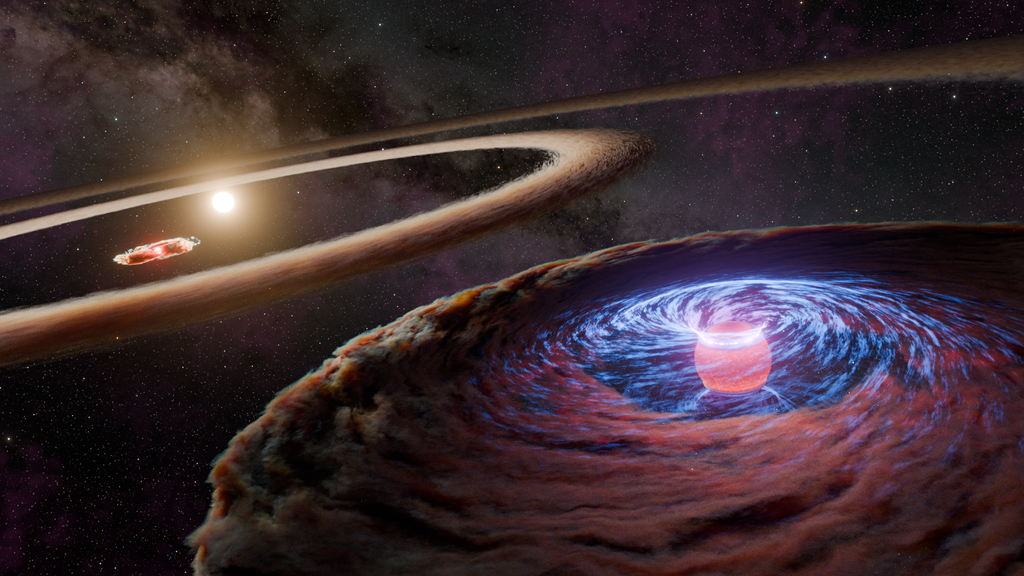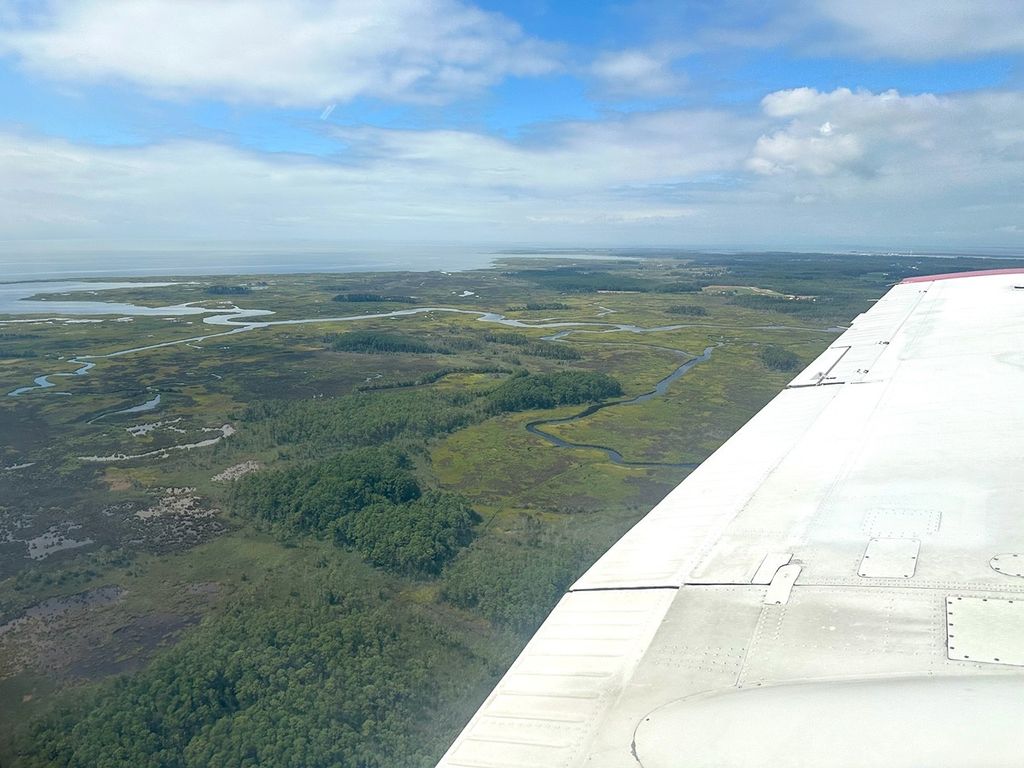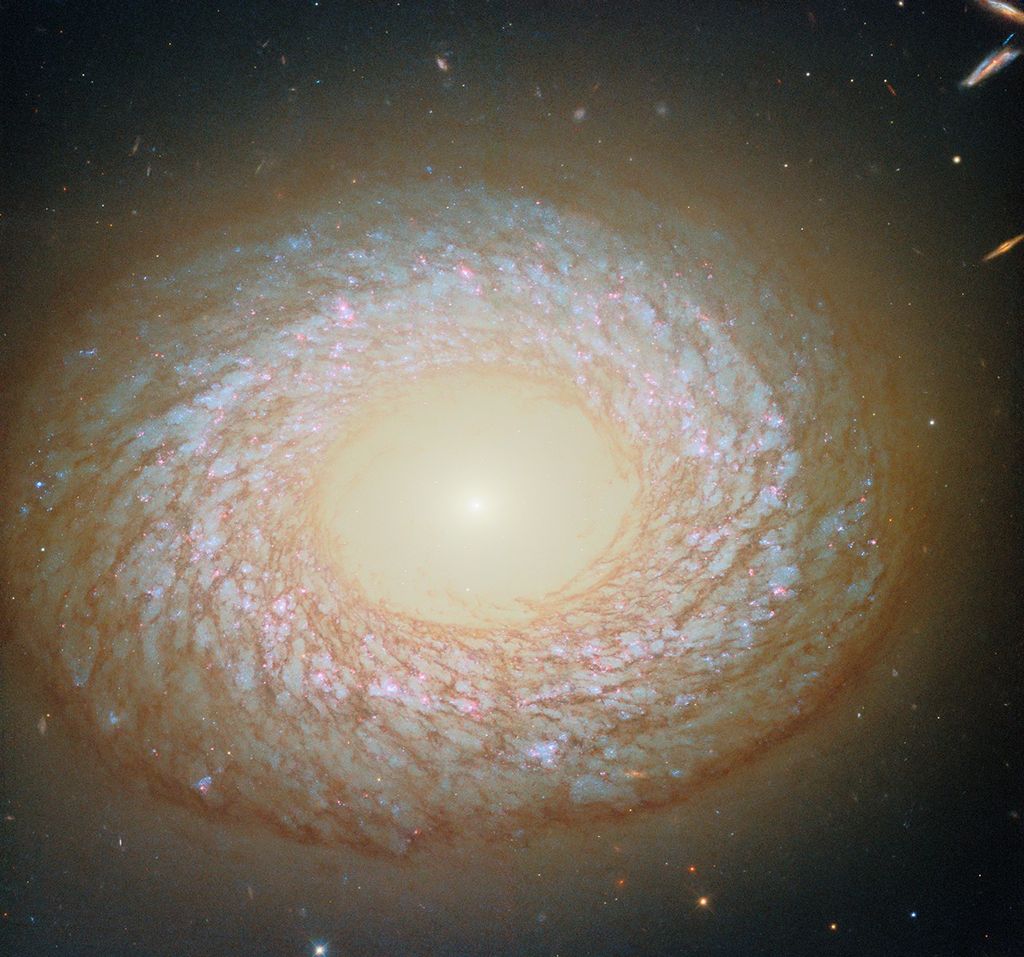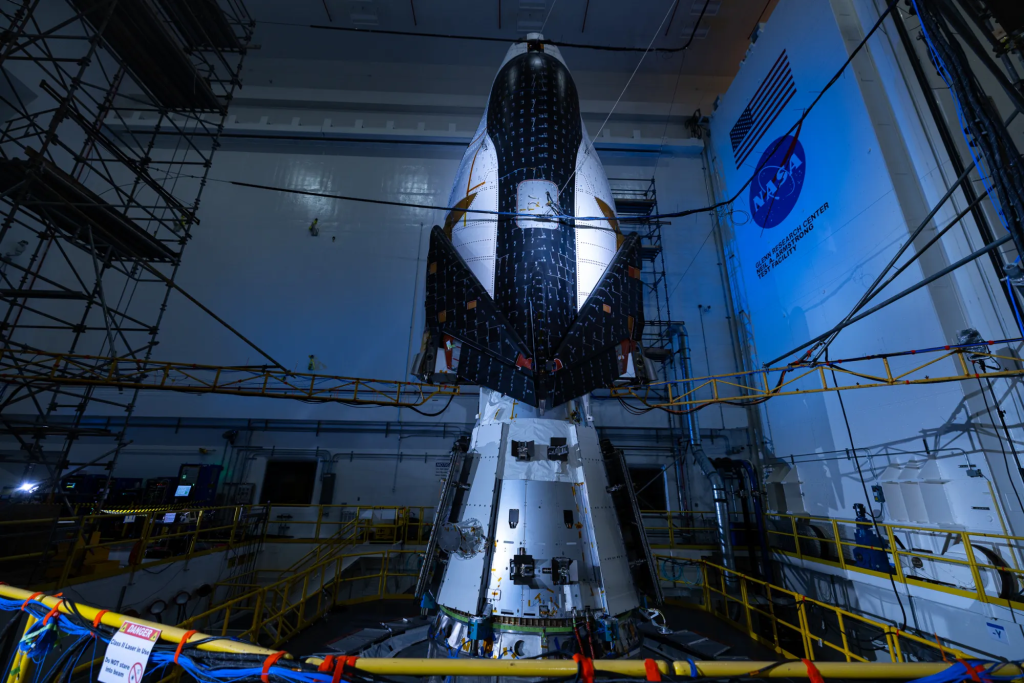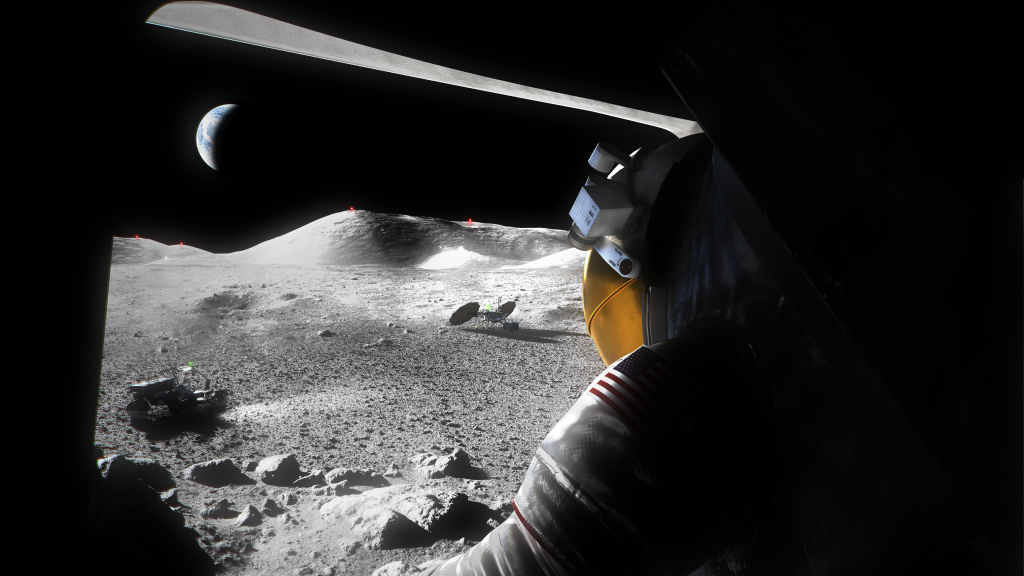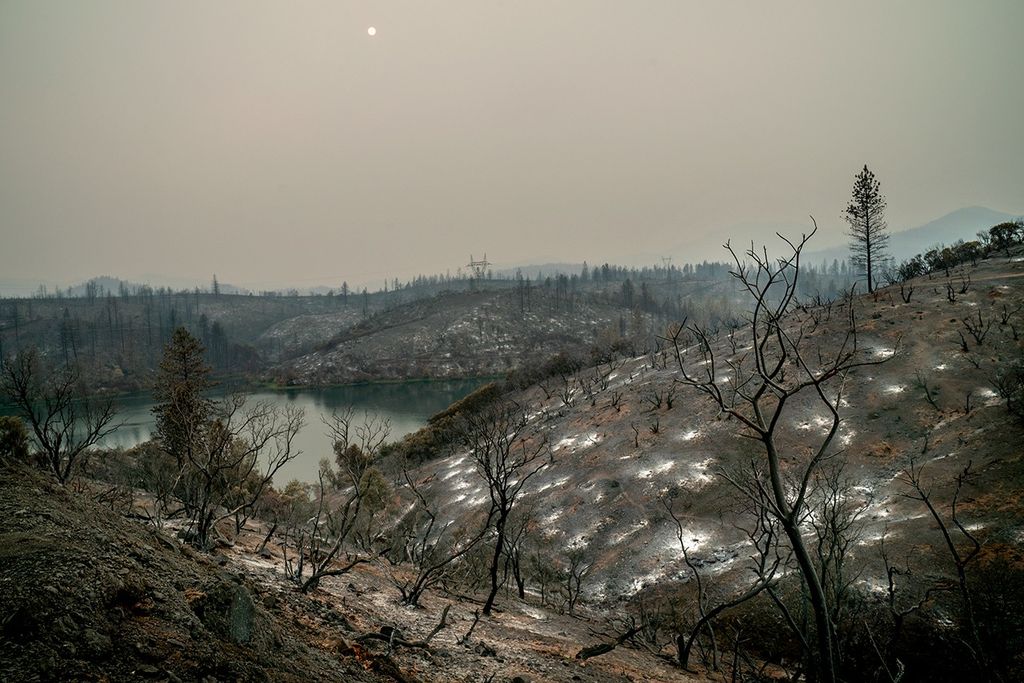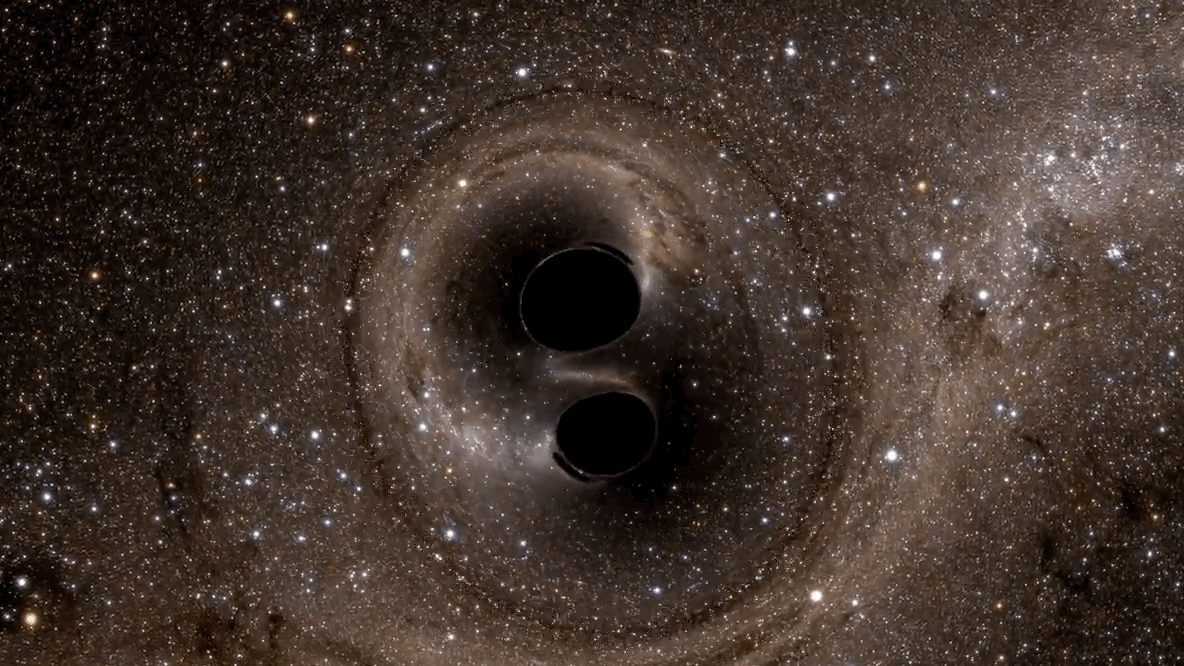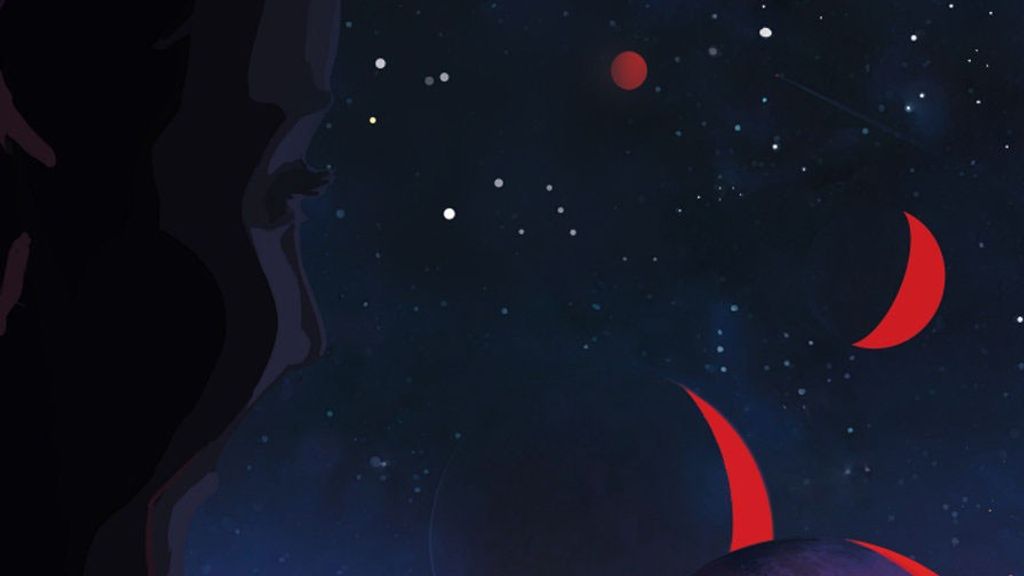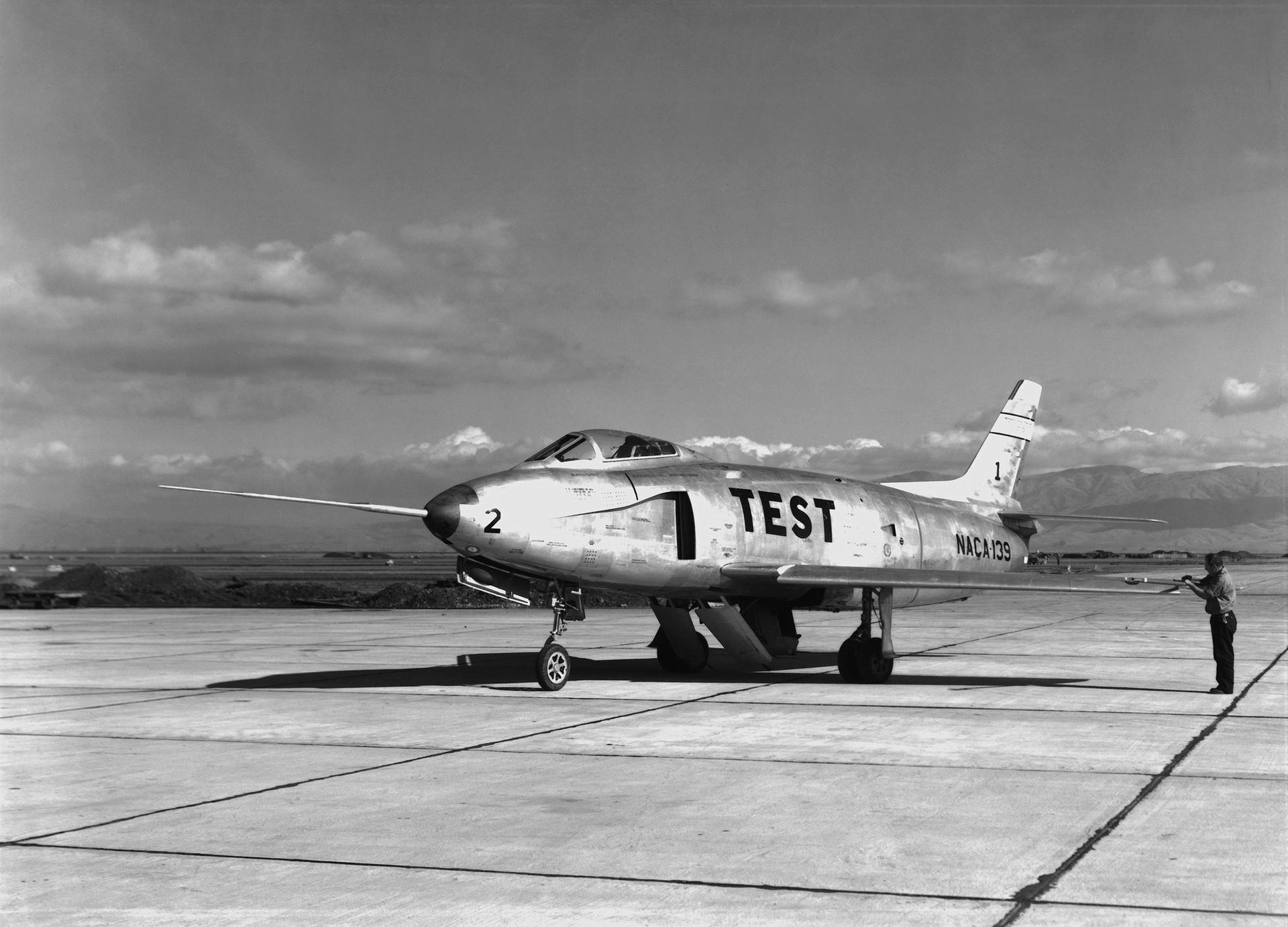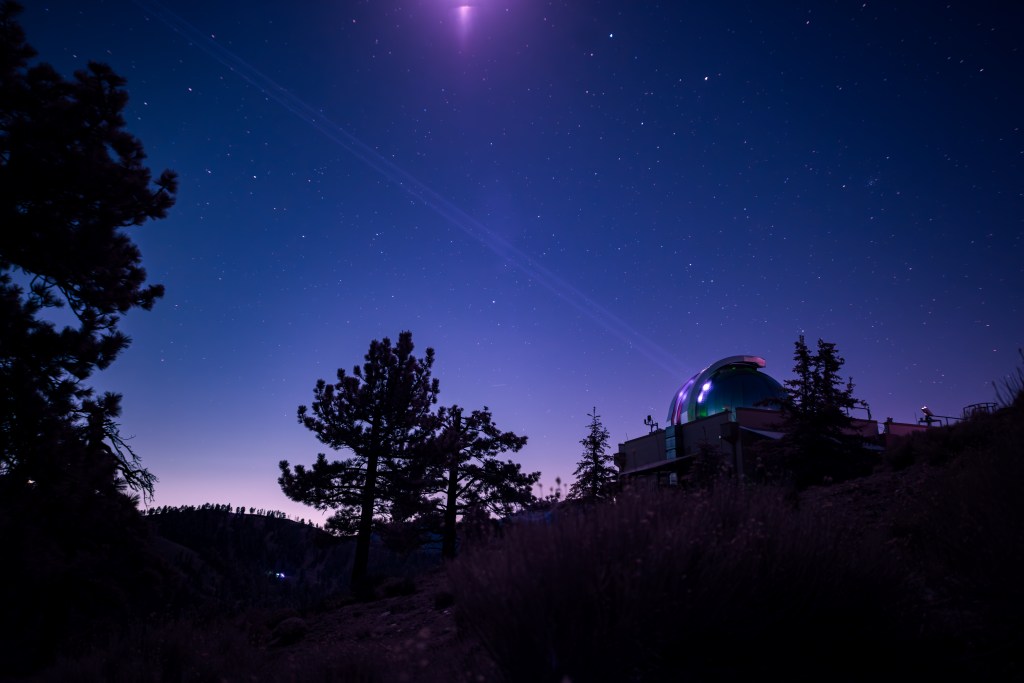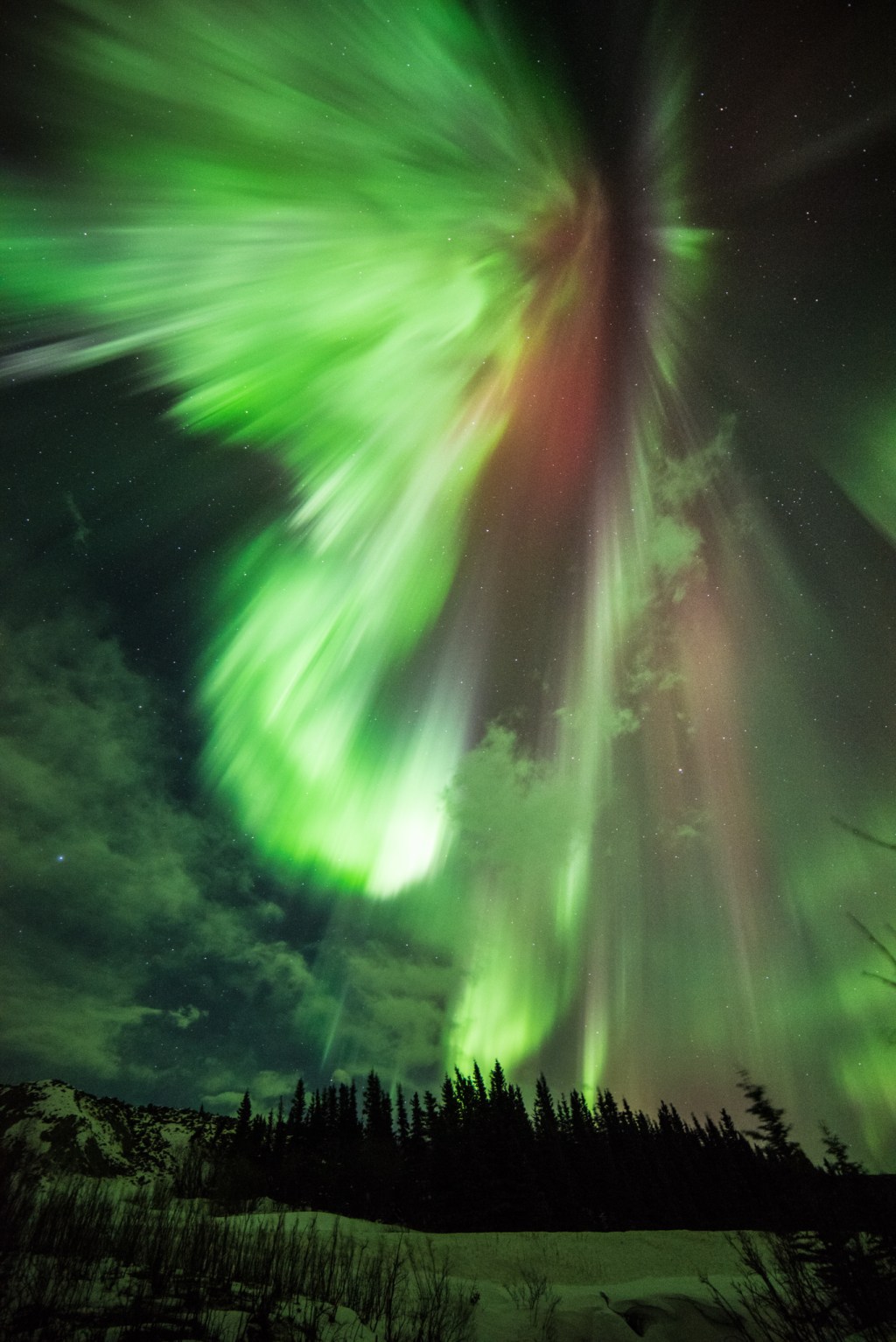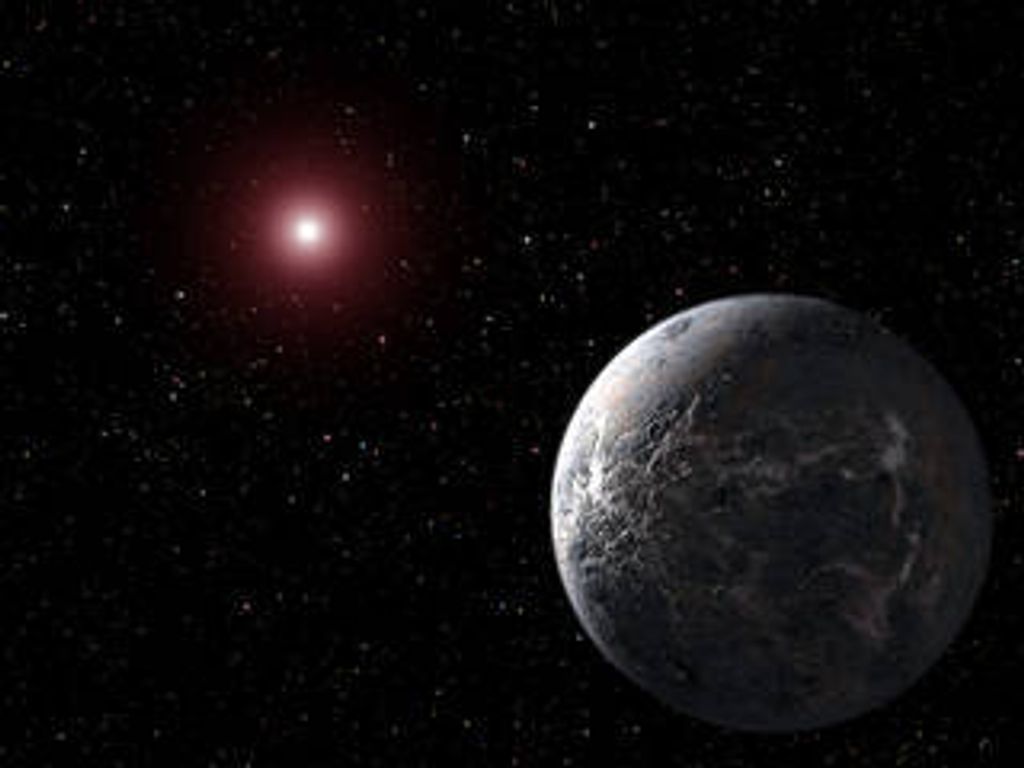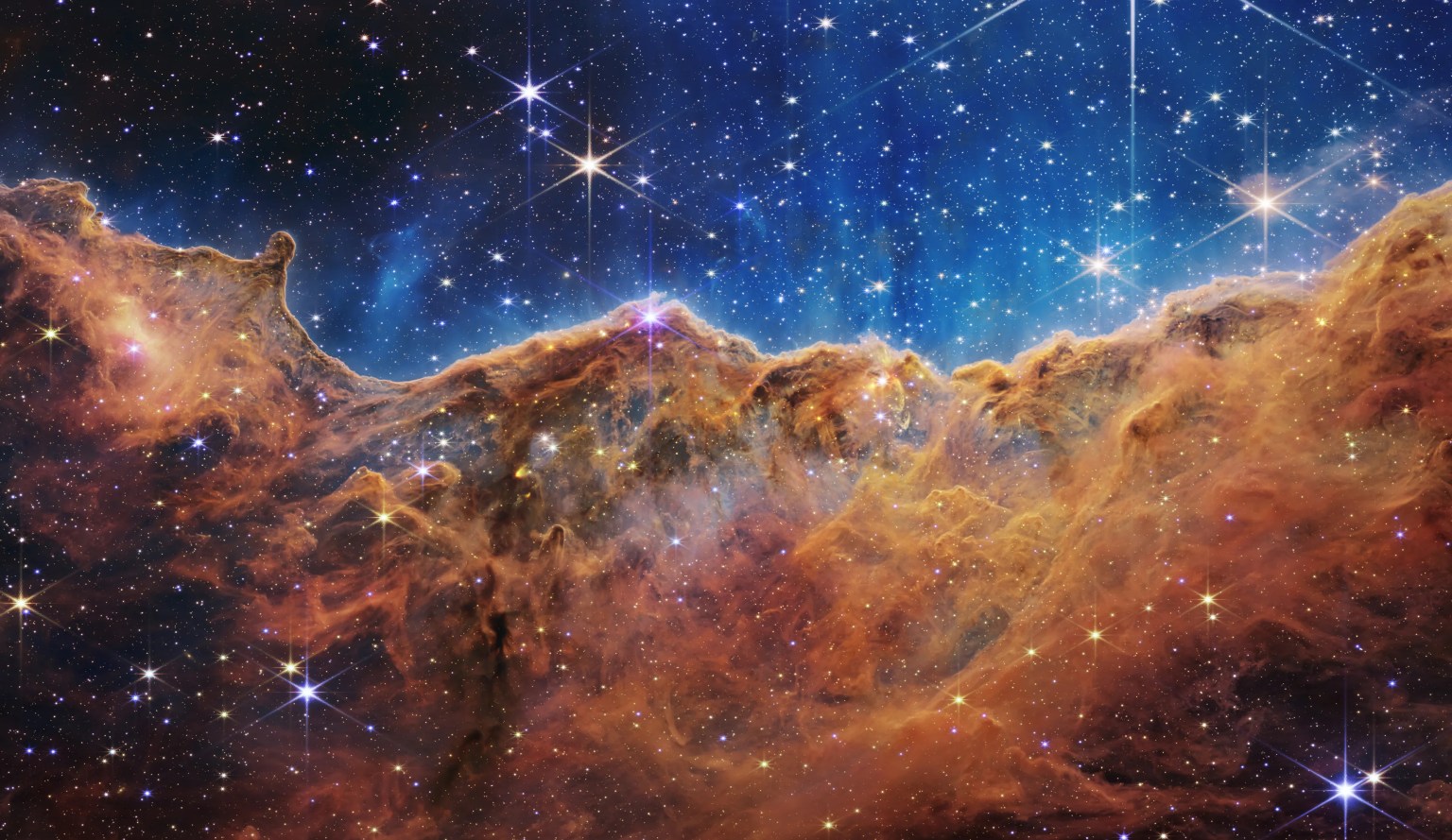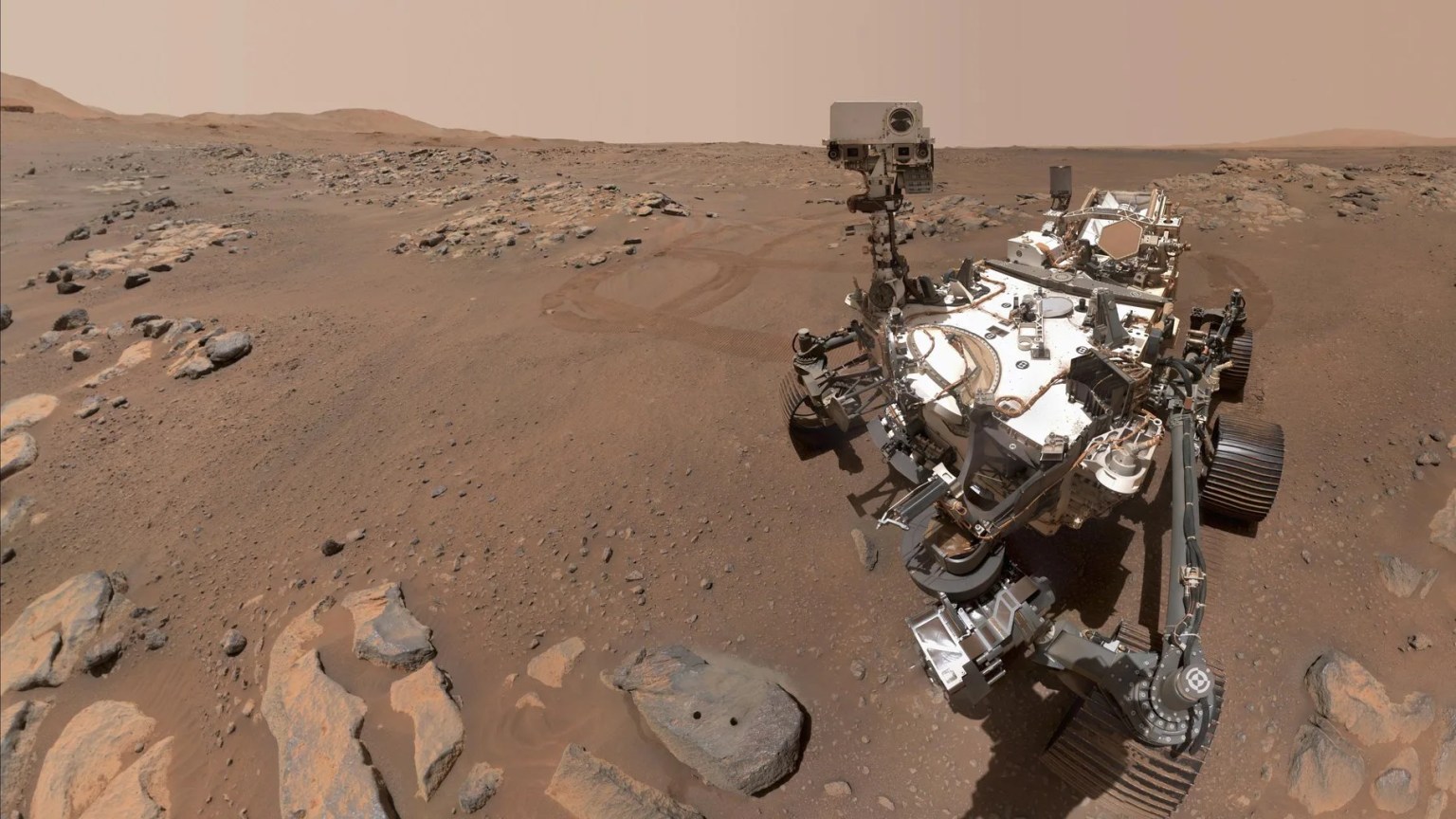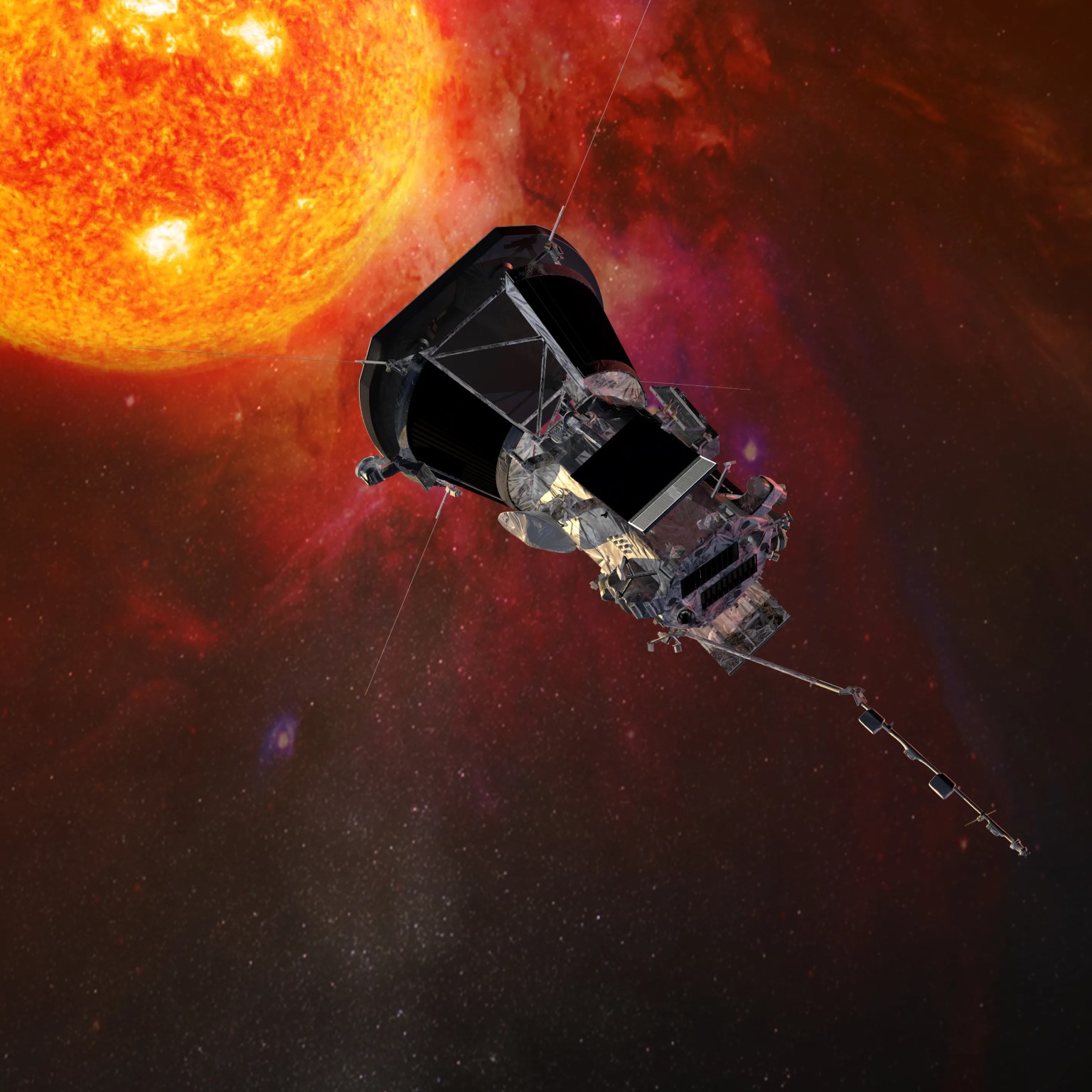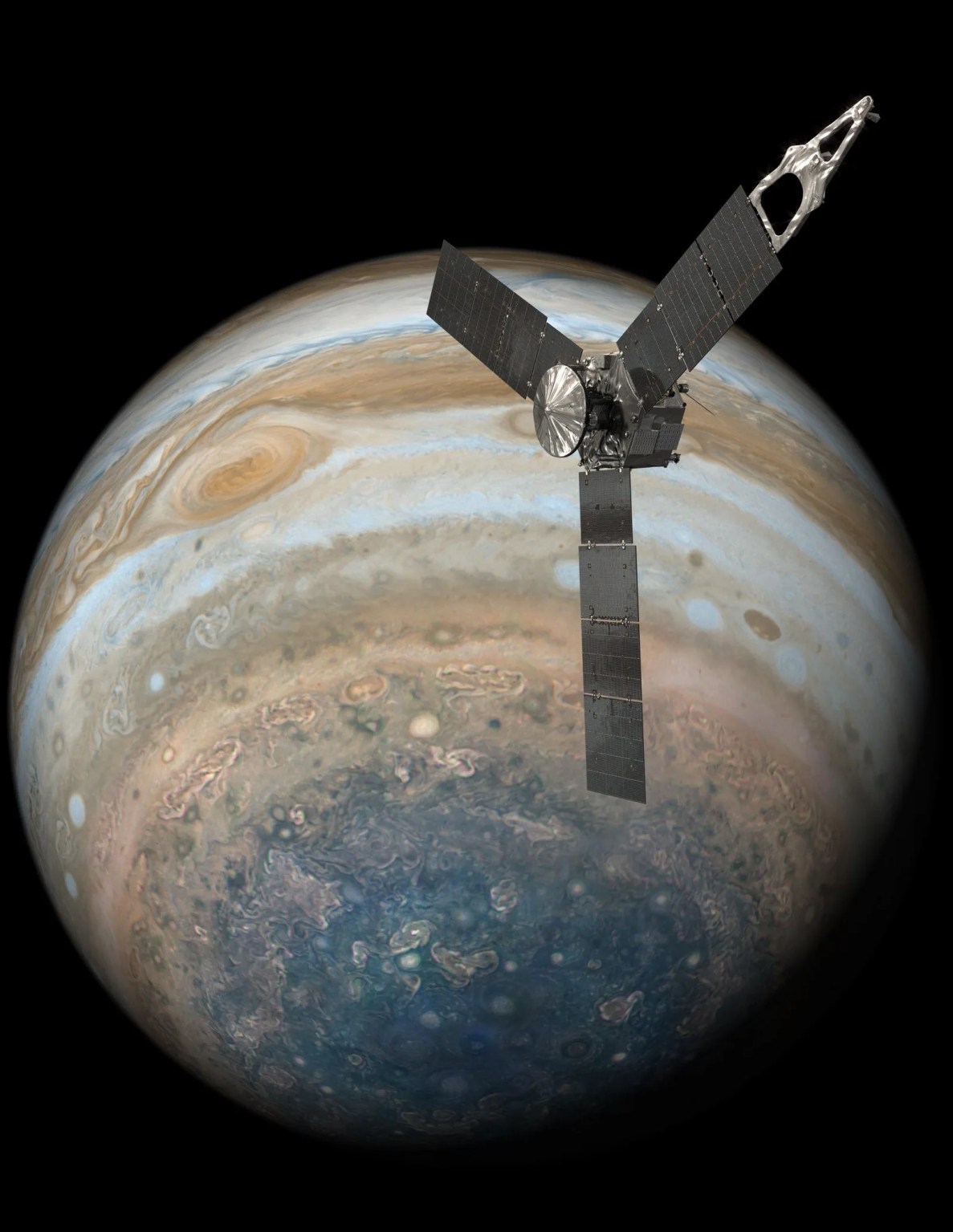Latest NASA Science News
Stay up-to-date with the latest news from NASA Science as we explore the universe, solar system, sun and our home planet Earth.
Filters
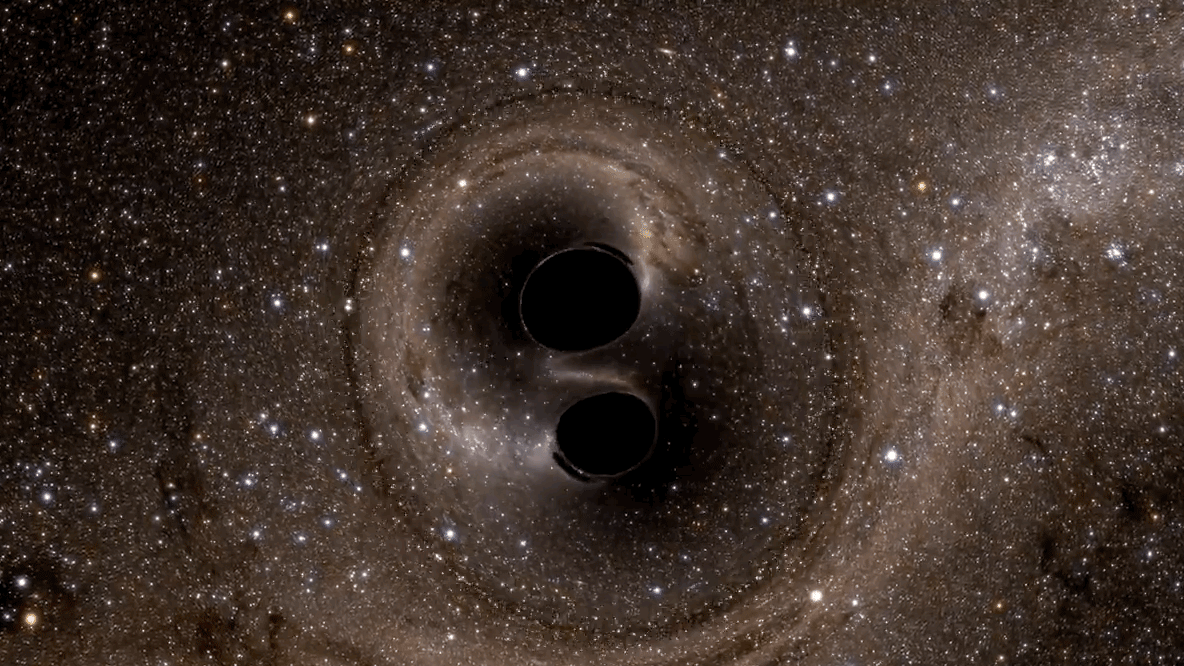
by Kat Troche of the Astronomical Society of the Pacific September 2025 marks ten years since the first direct detection of gravitational waves as predicted by Albert Einstein’s 1916 theory of General Relativity. These invisible ripples in space were first…
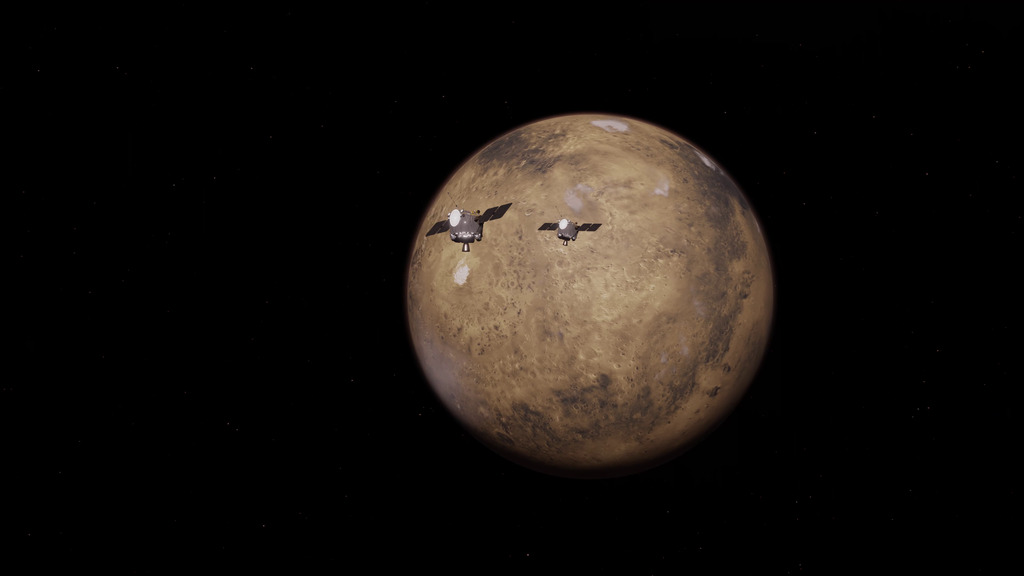
NASA and Blue Origin are reopening media accreditation for the launch of the agency’s ESCAPADE (Escape and Plasma Acceleration and Dynamics Explorers) mission. The twin ESCAPADE spacecraft will study the solar wind’s interaction with Mars, providing insight into the planet’s…

NASA integrated the Artemis II Orion stage adapter with the rest of the SLS (Space Launch System) rocket on Wednesday in the Vehicle Assembly Building at the agency’s Kennedy Space Center in Florida. Built by NASA engineers at the agency’s…

NASA, along with leaders from global space agencies and government representatives worldwide, convened on Monday to further the implementation of the Artemis Accords — practical principles designed to guide the responsible exploration of the Moon, Mars, and beyond. The meeting…
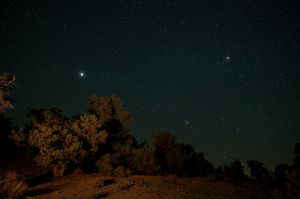
A supermoon, and meteor showers from the Draconids and Orionids A supermoon takes over the sky, the Draconid meteor shower peeks through, and the Orionid meteor shower shines bright. Skywatching Highlights Transcript What’s Up for October? A Supermoon takes over,…
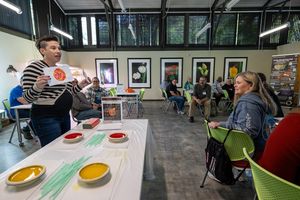
Since we all have a relationship with the Sun, it is important to learn about how it impacts our lives. NASA’s Heliophysics Education Activation Team (HEAT) teaches people of all ages about the Sun, covering everything from how to safely…

At the International Astronautical Congress (IAC) taking place in Sydney this week, representatives from the United States and Australia gathered to sign a framework agreement that strengthens collaboration in aeronautics and space exploration between the two nations. Acting NASA Administrator…
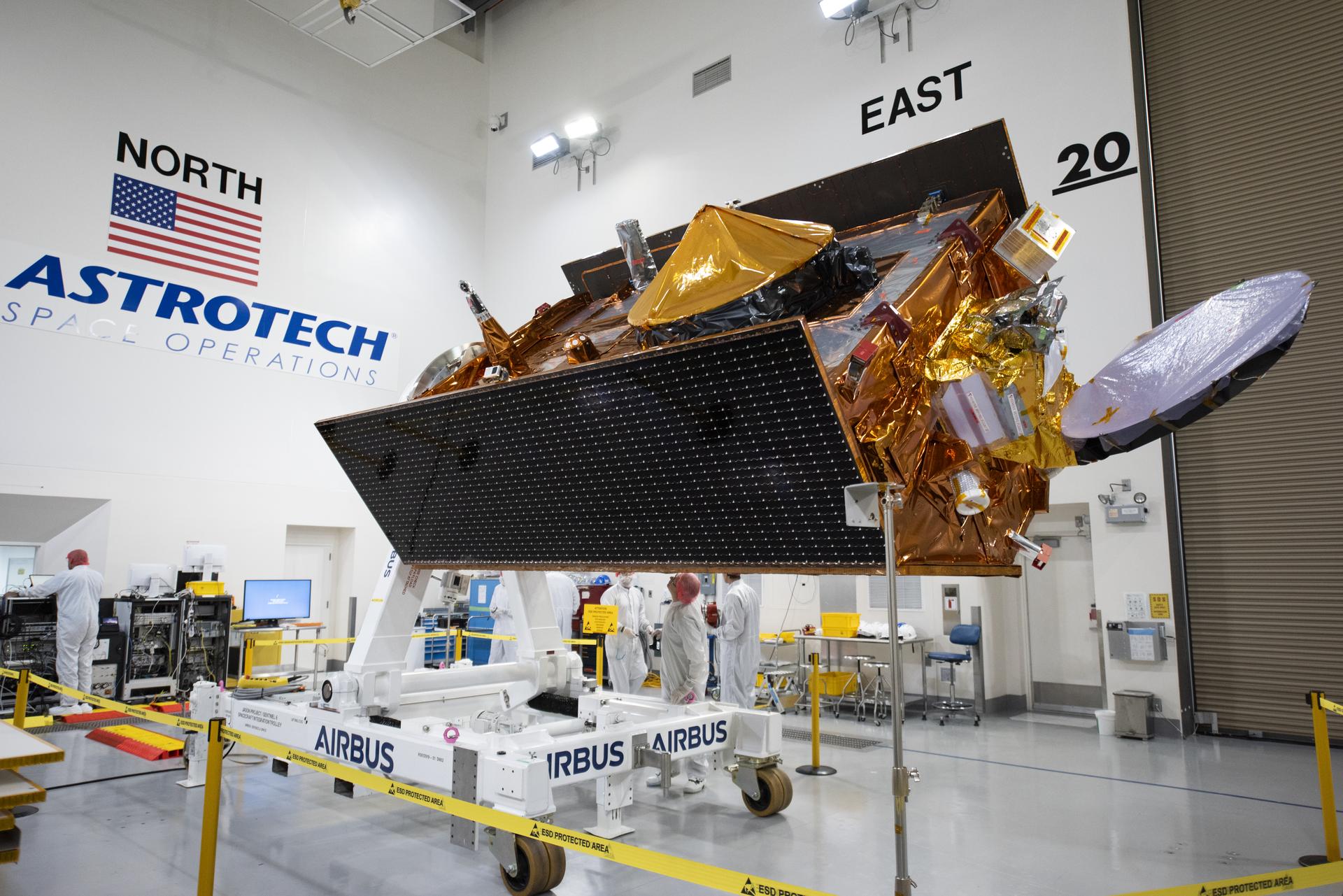
The Sentinel-6B spacecraft recently made a crucial transition in its prelaunch journey when technicians transferred the spacecraft from the NASA hangar to the Astrotech Space Operations payload processing facility at Vandenberg Space Force Base in California, on Sept. 24. After…

Space science hardware once again topped the schedule for the Expedition 73 crew aboard the International Space Station on Tuesday. Life support and electronics maintenance to keep the orbital outpost in tip-top shape filled the rest of the day for…
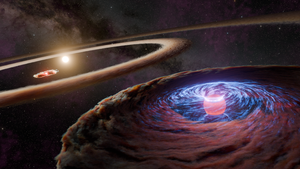
The (Proto) Planet: WISPIT 2b The Discovery: Researchers have discovered a young protoplanet called WISPIT 2b embedded in a ring-shaped gap in a disk encircling a young star. While theorists have thought that planets likely exist in these gaps (and…

